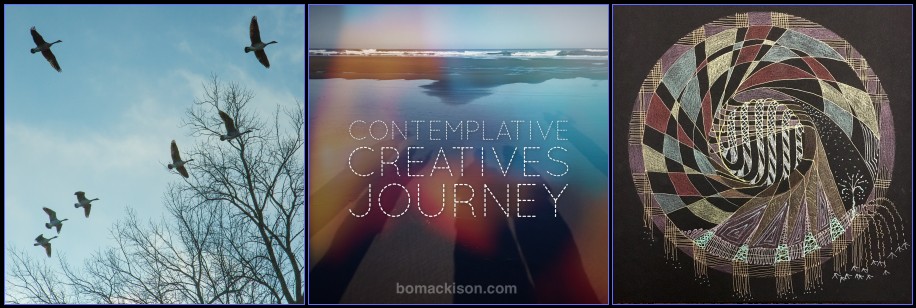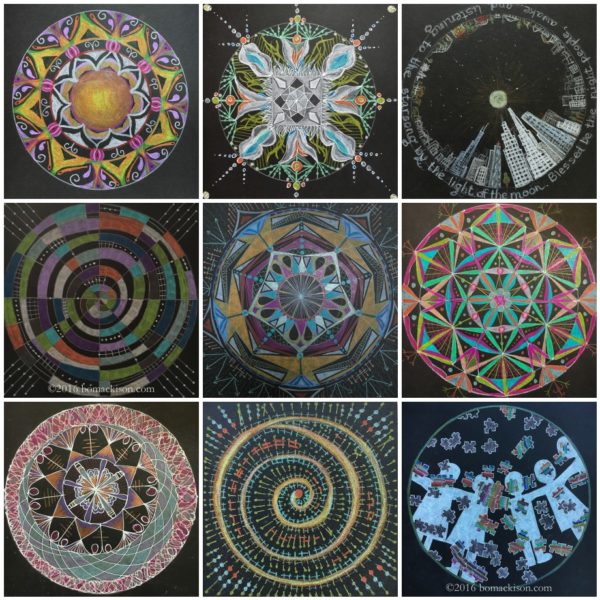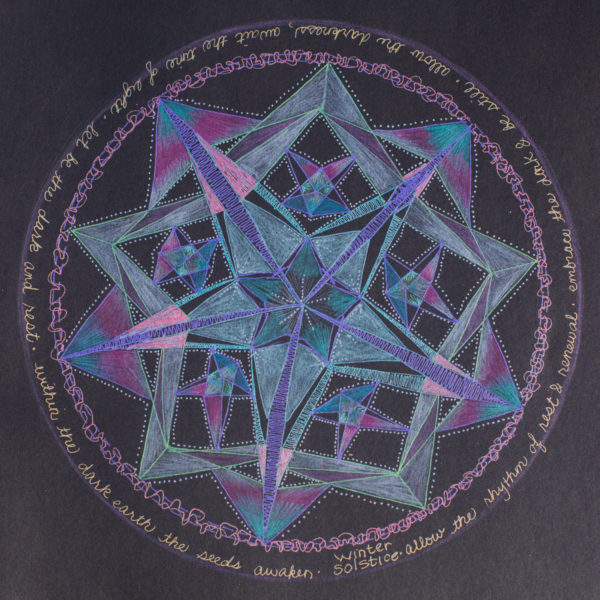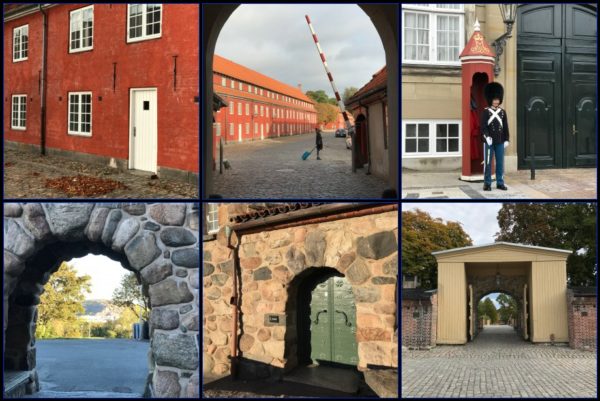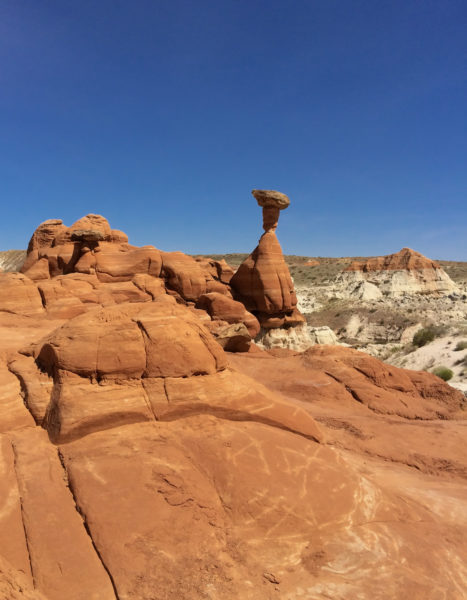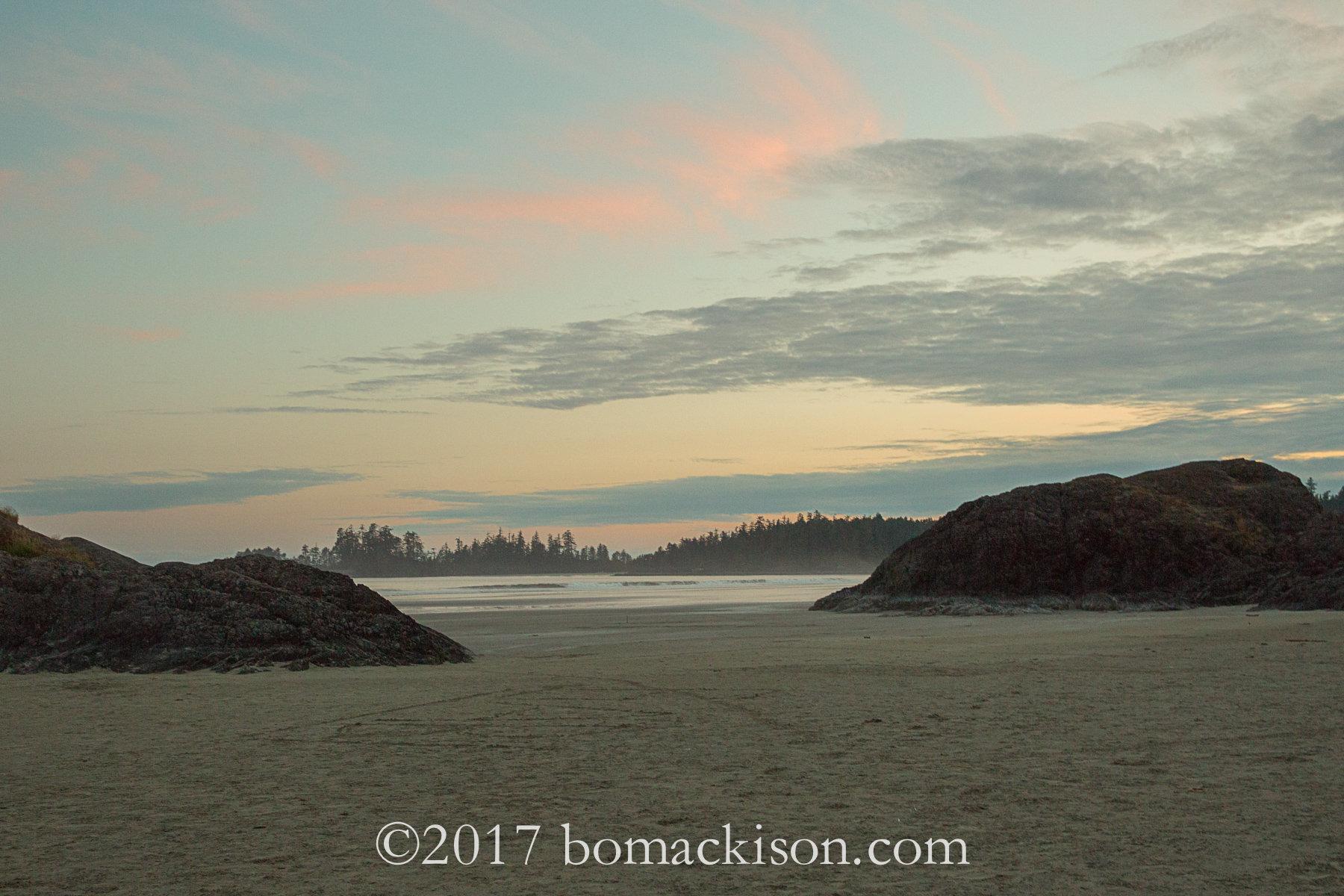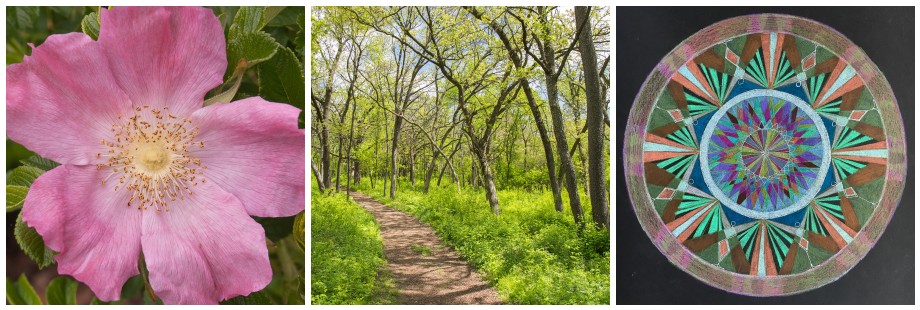
This gently guided journey with Bo has infused my existing practices with renewed energy. Her exquisite leadership is informed by experience, training and soulful instinct. I consider her a modem mystic. ~ Mary Anne Radmacher
If the words contemplative and creative have a sweet juiciness for you and you’re interested in a different sort of online workshop, read on:
- no schedule, but lots of serendipity.
- no planned curriculum, but lots of surprises.
- no expectations, but infinite possibilities.
- no formal objectives, but an always-available way to engage and interact with your world through art, nature and the written word.
I combine my roles as curator of life experience, writer, artist, Certified Kaizen-Muse Creativity Coach, and Certified Miksang Contemplative Photography instructor to offer you a meaningful and fulfilling online workshop with a well-established active community component.

In community and individually, we explore these themes:
word * vision * place
WORD
This practice focuses on how to connect — to the world, community, and self — using words. We’ll play with words, explore words, and connect nature and place using words. We’ll write poetry – tile poetry, collaborative poetry, and poetry art using found words and pictures. You don’t need to consider yourself a writer to enjoy these practices, but anyone with an established writing practice will surely delight in them.
VISION
We’ll create mandalas, individually and collectively. I find this to be a lovely spring practice as we’ll focus on nature and growth and the many opportunities found in the outdoors. It’s a pocket-practice — the practice requires only a small container of basic supplies that can travel almost anywhere.
We’ll explore the practice of Miksang Contemplative Photography, focusing on the practices of 1) light and shadow and 2) interacting with your ordinary and personal world. We’ll also explore the spring’s qualities — its passions, moods, style, symbols — as part of the Miksang practice. (All types of cameras and skill levels are welcome.)
PLACE:
Throughout the warming days of spring, we’ll continue the weekly observational practice of backyard phenology – the study of nature’s calendar, an ever-present, in-the-present survey of the cycles of plants and animals in your natural world.
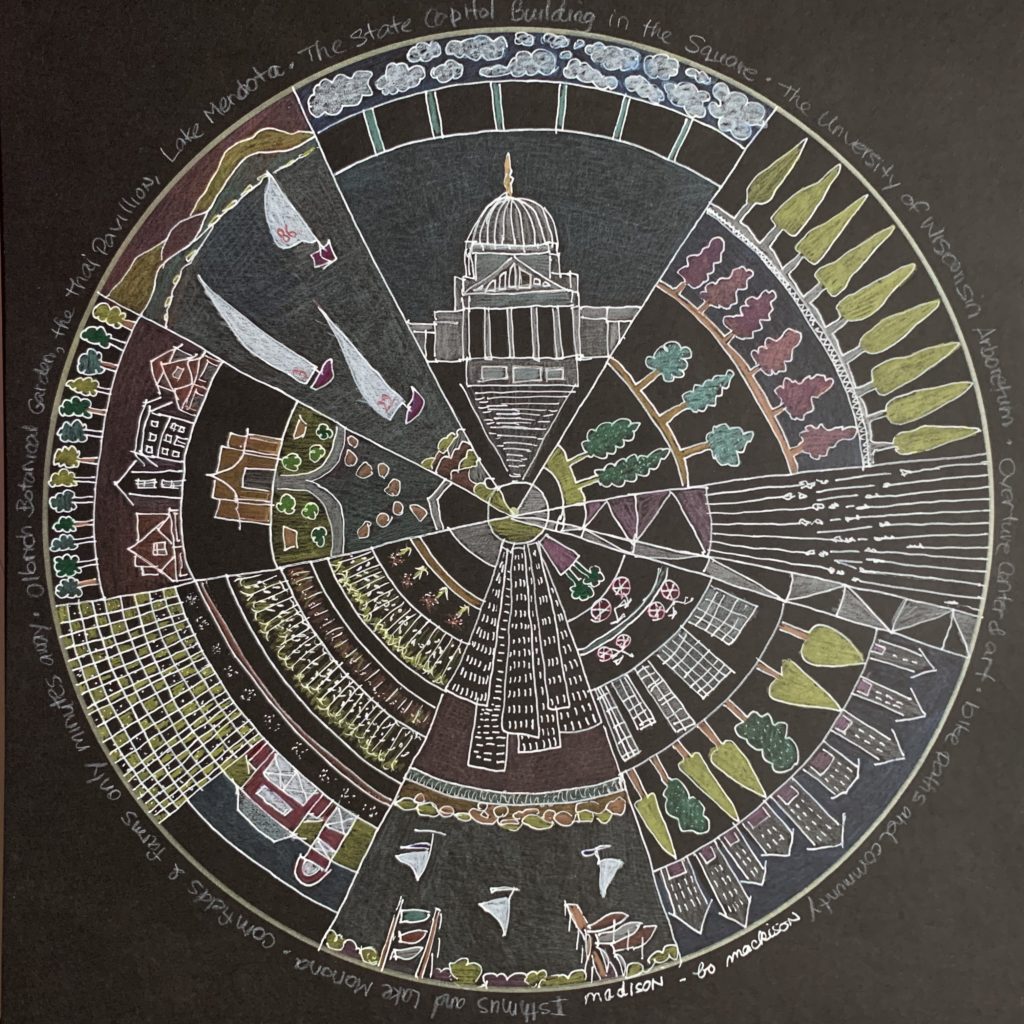
Bo Mackison is an insightful, talented and inspirational art, photography and writing creativity coach and teacher. Bo’s wide range of artistic knowledge along with her life experiences makes her the artist and writer’s trusted advisor. I highly recommend Bo as a mentor, teacher, trainer
MY SPRING OFFER:
YOU WILL RECEIVE REGULAR — AND RANDOM — PROMPTS AND EXPLORATIONS.
Together we’ll explore themes and creative practices that inspire and encourage, elicit wonder and awe, uplift your spirit and feed your soul.
This is a practice that:
- gently weaves itself throughout your day
- illuminates the extraordinary in the ordinary, celebrates the uncommon in the common
- offers ways of interacting with
place that highlight the wonder of and connection with nature, no matter where you live, work and play.
We begin March 20th, 2019 as the days lengthen and we’ll journey together until June 20th, 2019.
New participants are welcome to join CCJ for the Spring Season. The first weeks of our practice will include introductions to the practices of collaborative poetry writing, creating a mandala practice, Miksang contemplative photography, and the study of phenology.
If you searching for a place of sanctuary, a place to recharge so you can show up bright and energized for the demands of living in today’s world, this might be the workshop community you seek.
Whether you have a fully equipped art room or a box of simple supplies you store in a closet, you’ll find new ways to create. Hints on how to see or create in new ways will offer you unlimited possibilities for exploration and are easily incorporated into your everyday routine.
Come along and explore the creative and contemplative life with spaciousness and spontaneity.

WHEN:
The SPRING journey is 14 weeks long. March 20 through June 20, 2019.
HOW:
Private community on Facebook. All content is shared on a private Facebook group page and can show up anytime. Surprise and serendipity! You are encouraged to share your discoveries and experiences in the private group however and whenever you choose.
This guided and easily accessible process allows you to engage in the practice in whatever way is best for you.
A handsome PDF booklet featuring content from the 14 week session is provided at the end of the season as a helpful ongoing resource.
THE COST:
I offer you my knowledge, my skills, my presence
TO RESERVE YOUR SPACE:
Registration is now open.
Register here through PayPal.
~~~~~BO MACKISON is an artist, poet, photographer, certified Kaisen-Muse creativity coach, Nalanda Miksang Photography Instructor, hands-on workshop presenter, and a woman who has spent her entire adult life surviving and thriving with the help of the creative practices she now shares with others. She is the founder of Contemplative Creatives Journey, an Online Seasonal Workshop. Bo has been offering creative and contemplative programs for women since 2014. She’s been told her workshops have changed people’s lives for the better. She believes this to be true.
